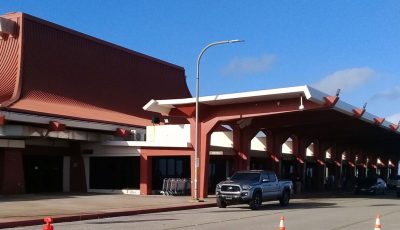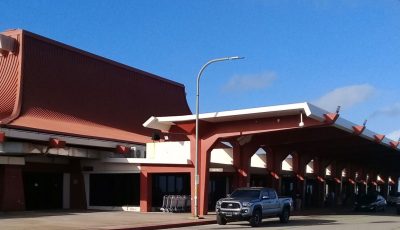CPA bonds get ‘positive’ ratings
An international bond ratings agency has given Commonwealth Ports Authority airport bonds a B+. Meanwhile, CPA seaport bonds have been reaffirmed at “BB-,” or “Stable” rating.
Fitch Ratings upgraded CPA’s $12 million of outstanding senior series 1998A airport revenue bonds from B- to B+.
CPA airport bonds have been revised from “Stable” to “Positive.”
Fitch said this upgrade reflects the “steady improvement in the airport’s operating profile.” This has resulted in high coverage, increased liquidity, and low leverage, says Fitch. And is “notably stronger” then CPA’s “distressed financial profile” that began in 2006.
“The airport’s ability to apply full [passenger facility charge] collections as revenues has helped contribute to a substantial reserve buildup and provides a critical buffer in the case of a future significant economic downturn,” explains Fitch Ratings.
In addition, Fitch says that low traffic rebounded significantly in fiscal year 2012 and now appears to have stabilized.
A “positive” rating reflects adequate financial stability independent of traffic performance. It also reflects, among others, continued improvements in the underlying service area economy and the airport’s ability to maintain and grow its current traffic base.
Seaport
For the seaport, the “BB-“ rating affirms the approximately $29.2 million of outstanding CPA senior series 1998A and 2005A seaport revenue bonds as “stable.”
Fitch explains that this rating reflects “the essentiality of the ports to a small, island economy amidst high exposure to economic volatility from tourism and a nearly 100-percent, import-based cargo operation.”
Fitch says the port’s moderate coverage, increasing liquidity, and small capital plan provide some mitigation to the potential impact of future large-scale economic stresses.
Fitch noted an increase in port imports. Total tonnage grew a little over 20 percent to 427,539 metric tons.
This increase was mainly driven by other commodities increase that stem from an improving economy.
This tonnage level represents the “largest since recessionary recover began in 2010, but is still only half of activity seen over a decade ago.”
Seaport revenue used to rely on the islands’ garment industry, which shut down in 2005 in the face of increasing competition from other countries.



























